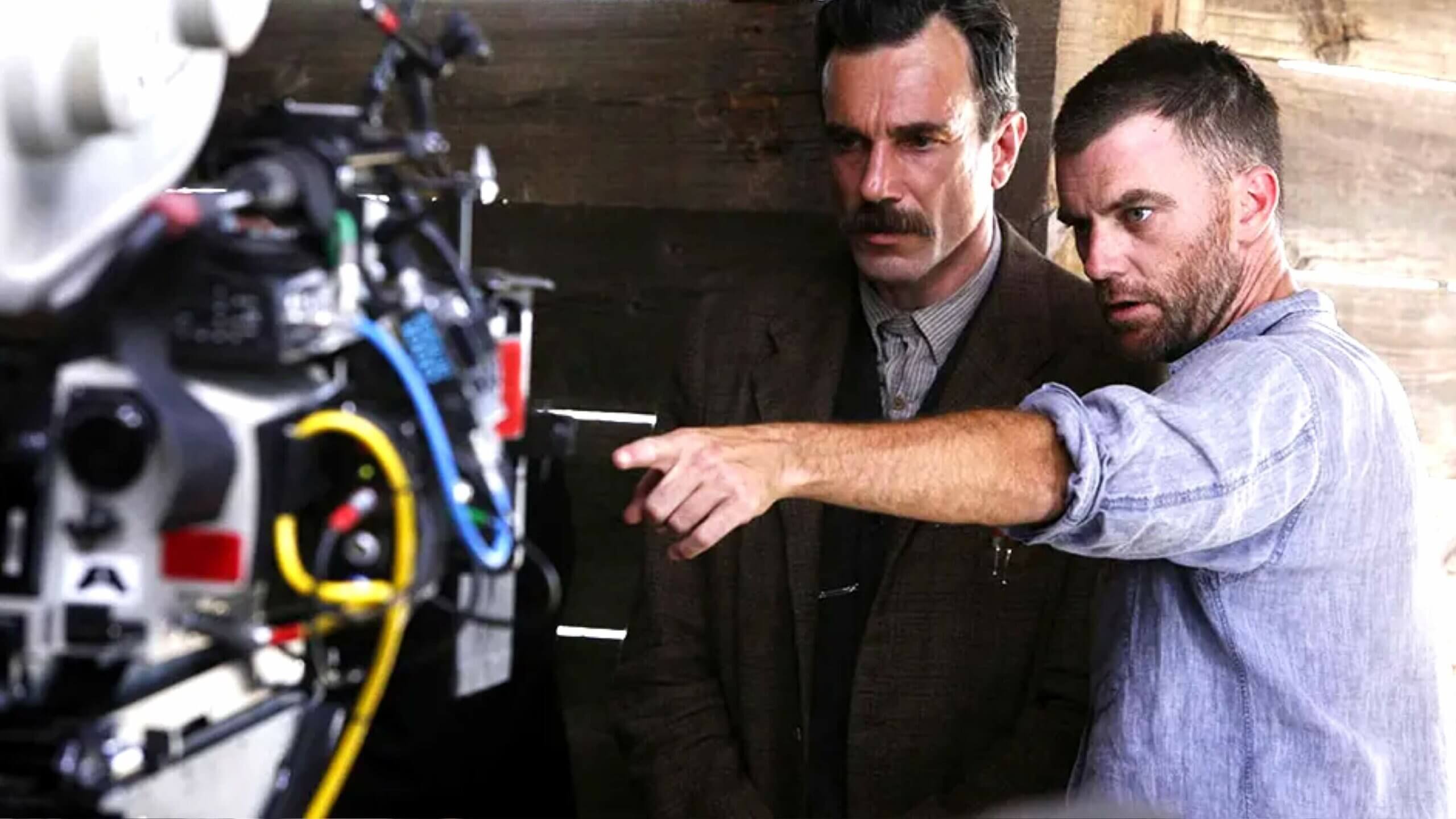In narrative filmmaking, the relationship between the director and the actors is arguably the most important relationship on set. And yet, for many directors beginning their careers, the process of working with an actor can seem mystifying. No one director collaborates with actors the same way, and yet many of the most celebrated actors’ directors follow certain tenets. Study up, and you can help create a great performance.
How to direct actors
What does directing actors mean?
On its surface, this may seem like an obvious question. But in practice, many beginning filmmakers (and even some experienced ones) find themselves lost when confronted with the query.
Directing actors isn’t as simple as telling a thespian what to do on set. It involves multiple stages and intense, intimate work with the actor. There is casting, pre-production discussion, script analysis, and rehearsal before an actor and director even walk on set.
In case you missed our previous video on how to direct actors, here you go!
How to Direct Actors Pt. 1 • Subscribe on YouTube
Even though a performance may look effortless (and the best often do), there is usually massive amounts of planning that has been done by both the actor and director.
Acting is a specific and complex skill, and the art of performance has been studied and practiced for millennia, far beyond the scope of film. As such, a director needs to know the language of acting, get familiar with its multitude of approaches, and understand what actors are looking for from directors.
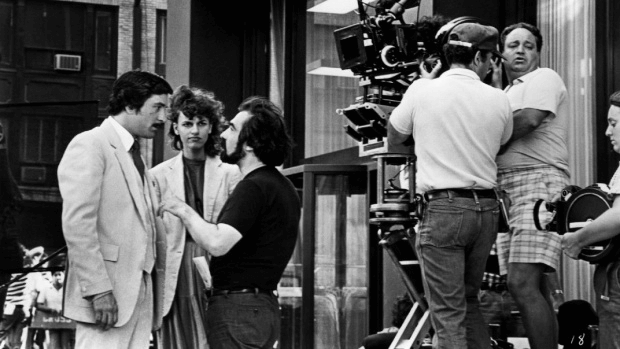
Scorsese working with one of his favorite actors
So what do actors want from directors? Of course, the answer is different from performer to performer, but first and foremost, they usually want to be driven to give their best performance.
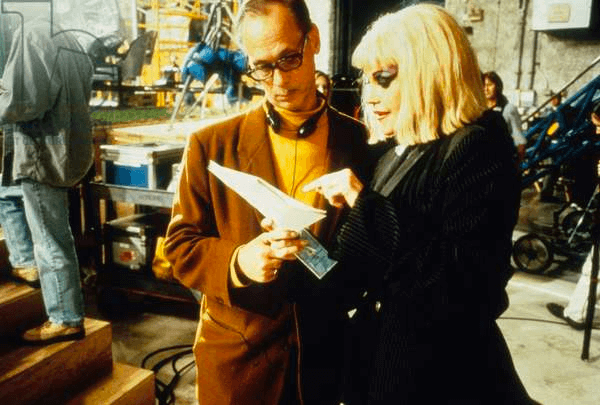
John Waters talking with his actor
In other words, they want to know that a director understands the script and the intention of the film, as well as their role within it. They also want to know that the director can and will communicate that intention to them in actionable notes and direction.
This is all very high level. Let’s look at what this means in each step of the actor-director process.
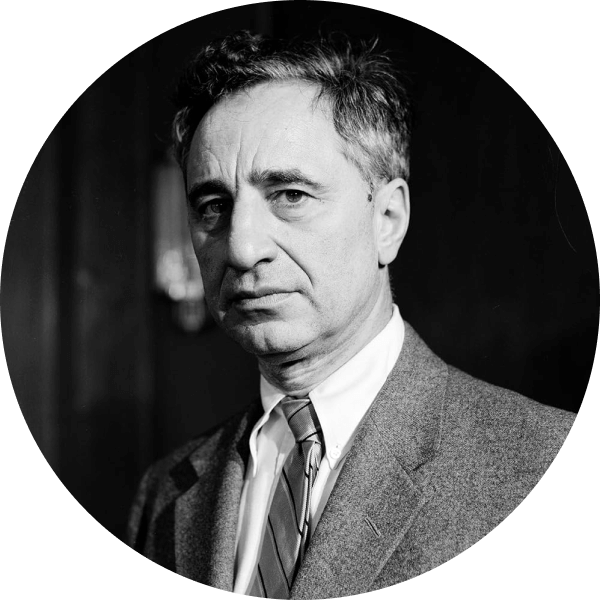
"In general, actors or actresses must have the art in the accumulation of their past. Their life's experience is the director's material... That is why it's so important for the director to have an intimate acquaintance with the people he casts."
— Elia Kazan
How to direct actors
Casting actors
To work with actors, first, you have to cast them. While a director isn’t always the sole decider of which actors will be in their film (producers and casting directors will hold influence), they do typically have a big say. How do great directors use the casting process?
Judith Weston, author of Directing Actors, outlines four qualities a director should keep in mind when casting. First, note the actor’s ability. What’s their range? What’s their intuition? Their sensibilities?
Take a look at Rachel McAdams’s audition story for The Notebook. This is someone who clearly has the chops:
The Notebook audition
A director can get a sense of this by watching previous materials an actor was in or by giving notes during an audition. If an actor is unable to shift their performance based on notes, that’s usually not a promising sign.
Second, a director must ask themselves if the actor is right for the part. This isn’t just based on looks – think about their innate temperament.
They may have all the talent in the world, but can they really connect with their character? In this clip, Jane Campion discusses how she knew Ben Whishaw was right for Bright Star:
Campion and Wishaw
Third, a director should consider whether they will be able to work well with the actor. This is crucial since filming is often a grueling and intensely collaborative process.
This point is interlinked with the fourth consideration: casting relationships. There’s a reason many directors will work with the same actors again and again. With time comes a deeper relationship with shorthands that can be invaluable on set. Consider, too, the relationship the actor will need to have with other actors in other roles. Is there chemistry?
Once a part is cast, it’s time to start preparing the character.
How to direct an actor
Directing actors’ choices
Spend enough time around actors, and you’re guaranteed to hear one word come up repeatedly: choices. In a nutshell, an actor’s job is to make choices about their character. What would they be doing in a given scene? Why?
Weston writes, “The choices an actor makes activate his inner life. The trick of an actor’s preparation is to find the choices that 1) connect to the deepest and freshest meaning of the script, and 2) turn him on, capture his imagination so that 3) he can connect to them with emotional honesty and get to the places he needs to go.”
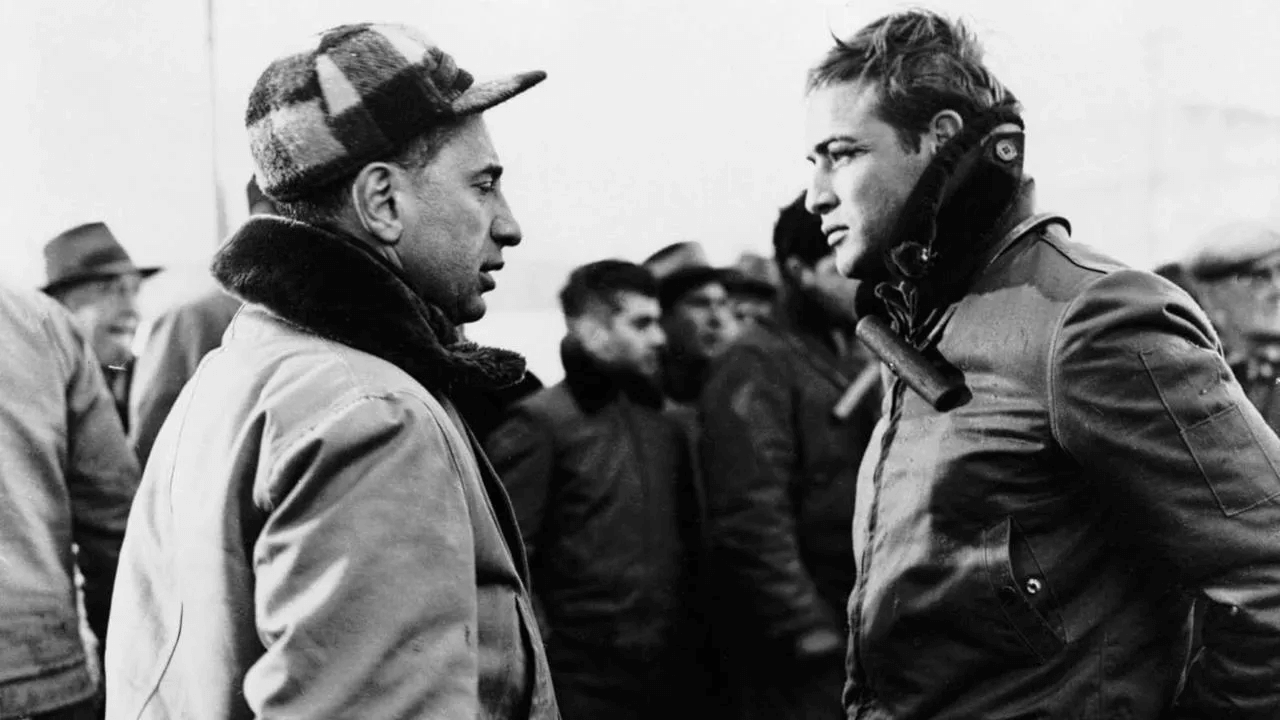
Elia Kazan works with Marlon Brando
Choices, and discussions about them, will typically start happening in pre-production and rehearsals. A good actor will think about potential choices as they read through a script, and often those choices will shift and adapt on set depending on the other performers in the scene or in-the-moment revelations.
To arrive at these potential choices, an actor will ask questions. This is where a director comes in. Let’s say an actor’s character in a scene omits the truth to their boyfriend about their day at work. The actor may ask the director, “Why would my character lie to their partner?”
The most obvious route of action here is for the director to answer the question – “I think it’s because they’re guilty.” But often, a director might want an actor to arrive there themselves so that the motivation in the scene is more deeply held. In this case, a director may just ask back, “What do you think?”
An actor’s choices are sometimes privately held, but by asking questions and by answering them judiciously, the process of making choices can become a fruitful collaboration between a director and actor.

"My approach with actors is to try and give them whatever it is they need from me. Direction to me is about listening and responding and realizing how much they need to know from me and how they have figured out for themselves."
— Christopher Nolan
How to direct actors on set
Understanding the script
Being able to read a script is crucial to being an effective actors’ director. By this, we don’t mean being able to sound out vowels and consonants (though, yes, that’s important). We mean being able to analyze a screenplay.
Much is made about how a director should think about how they’ll cover different scenes while they read a script, but they also should think about how the scenes should be portrayed emotionally.
This means identifying beats and transitional moments in the screenplay.
BEAT DEFINITION
What is a beat?
A beat is a dramatic shift within a scene. It can be small or large, from a character getting slightly annoyed to a hurricane striking the protagonist’s house. In other words, beats are the building blocks of stories.
By their very nature, scripts are barebones, written to be interpreted by a director. So often, a screenplay doesn’t (and for the most part shouldn’t) indicate when an emotional shift occurs in a scene.
Paul Thomas Anderson notes this is his preferred way of writing and that it results in better performances:
PTA on directing actors
It is up to the director to interpret these shifts. How do characters enter a scene emotionally? Do they leave it any different? If so, when does this shift occur? What prompts it?
A director will note these shifts until she has a comprehensive understanding of the emotional structure of a script. At any given moment in the story, they have a general idea of which characters are where emotionally.

Spielberg reads a script
But of course, the best emotional shifts in scenes are ones that happen organically. To achieve this realistic evolution in a scene means, ideally, arriving at performance choices in rehearsal that naturally result in the character arc a director is looking for.
Still, however, certain pivots may not occur when or how a director is hoping for. It may seem tempting to simply say, “When he says that, you get angry.” But this is result-oriented direction which is typically best avoided.
A good director will arrive at the beat through other indirect means. “Why don’t you try sitting down when he says that?” may result in an actor naturally playing a scene more dejectedly, for example.
Related Posts
How to direct actors on set
Directing actors in rehearsal
Rehearsal is one of the most misunderstood and controversial steps in the acting/directing process. Some directors prefer not to rehearse at all. Steven Spielberg famously believes it kills spontaneity. Other directors, however, believe rehearsal is the lifeblood of a performance. So which is it?
A rehearsal can be whatever an actor and director needs it to be. For Christopher Nolan, it is simply a space to nail down blocking. For Greta Gerwig, it is a process to understand the emotional root of each scene.
Gerwig on rehearsing
Rehearsal can happen in pre-production and can last just a few days or up to a few weeks. Other directors prefer to rehearse the day of, just before recording. It all depends on the director’s approach, their relationship with the actors, and the talents’ schedule.
No matter what form a rehearsal takes, it’s best for a director to know what they want from it going in. This allows them to gently steer the ship, making sure experimentation doesn’t devolve into wasted time.
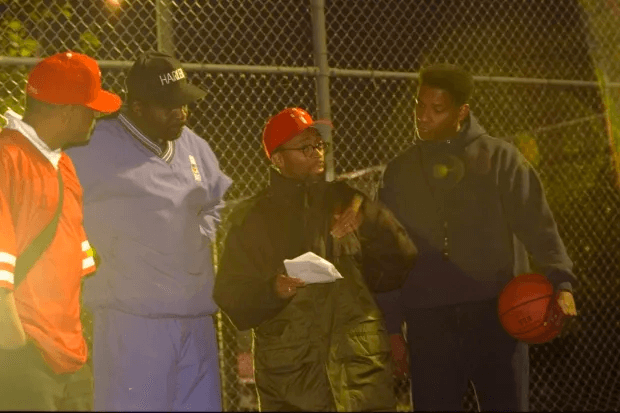
Spike Lee collaborating with his actors
For initial rehearsals, directors will typically begin with some opening remarks about the project and open the floor to any questions. Then, there’s the initial reading of the scene. This can be casual, on-book, and without blocking, depending on the preparedness and preference of the actor.
Then, the director and actors will work together to get to the emotional story beats of the scene. This can take many forms and include going line by line or improvising.
In sum, a rehearsal space is a time to experiment. Once the cameras and the larger crew get involved, time becomes much more valuable. Leaving space for rehearsal lets actors spend time with their characters free of pressure.

"I begin rehearsals in the actors' dressing room. First I have them repeat their lines, and gradually proceed to the movements. But this is done with costumes and makeup on from the beginning; then we repeat everything on set. The thoroughness of these rehearsals makes the actual shooting time very short."
— Akira Kurosawa
How to direct an actor
Directing on set
The time has come. You and your actors are on set, the cameras are on, and the lighting is placed. If you’ve done some of the prep work outlined so far, you and your actor should understand the scene, character, and overall film. You should largely be on the same page.
But of course, there are always going to be times when actors require additional direction during the shoot. The key to directing in these circumstances is to establish an environment in which the actor feels comfortable.
If an actor feels like the set is a safe space to be vulnerable, their performance is almost guaranteed to be better. An anxious and hostile set, on the other hand, will likely result in a closed-off performance.
Director Jonathan Demme explains:
Demme discusses directing actors
When notes are required, it’s best to maintain the collaborative spirit. Again– it’s important to avoid results-oriented notes. These are notes like, “Play it more angry,” or “Less energy,” or “Your character is dumb in this scene.”
While these notes seem straightforward, they’ll likely remove any emotional truth from the scene. Instead of making character-based choices, an actor is now focused on acting angry.
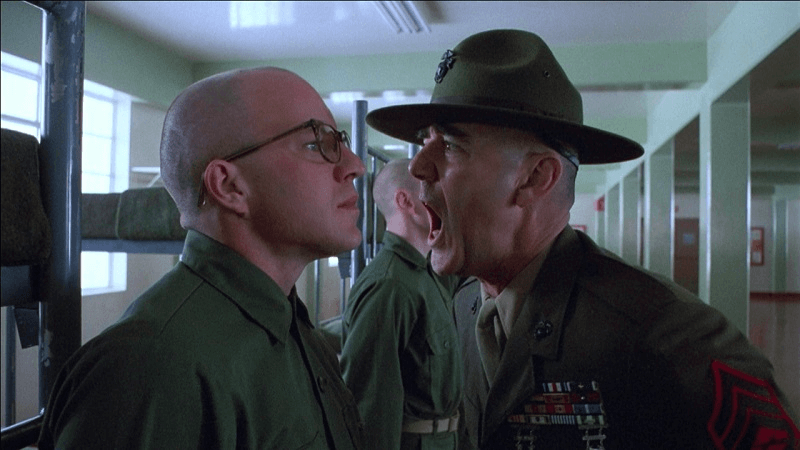
Acting angry
A better approach typically is to give an actor a note that will allow them to arrive at the desired performance organically. A common technique a director may use is simply reminding an actor of a fact within the story.
Say you want an actor’s performance to be more angry in a scene where their character is confronting their brother. A fact-based note could be something like, “Remember, he stole your wife of fifteen years.” A line as simple as this would probably lead an actor to play the next take with more anger.
What good directing on set boils down to is keeping it simple and actionable. Take it from Guillermo del Toro:
Del Toro on directing
Remember, acting is hard. It requires vulnerability, patience, and keen emotional awareness. It’s a director’s job to help an actor hold onto those qualities as they channel them into the performance.
Related Posts
Up Next
Tips for Directing Actors
Now that we’ve done an overview of the work that needs to be done when directing actors, it’s time to look at some quick tips that can take your directing game to the next level. Check out our pointers to becoming a great actors’ director.
Up Next: Directing Actors Tips →
Showcase your vision with elegant shot lists and storyboards.
Create robust and customizable shot lists. Upload images to make storyboards and slideshows.
